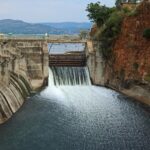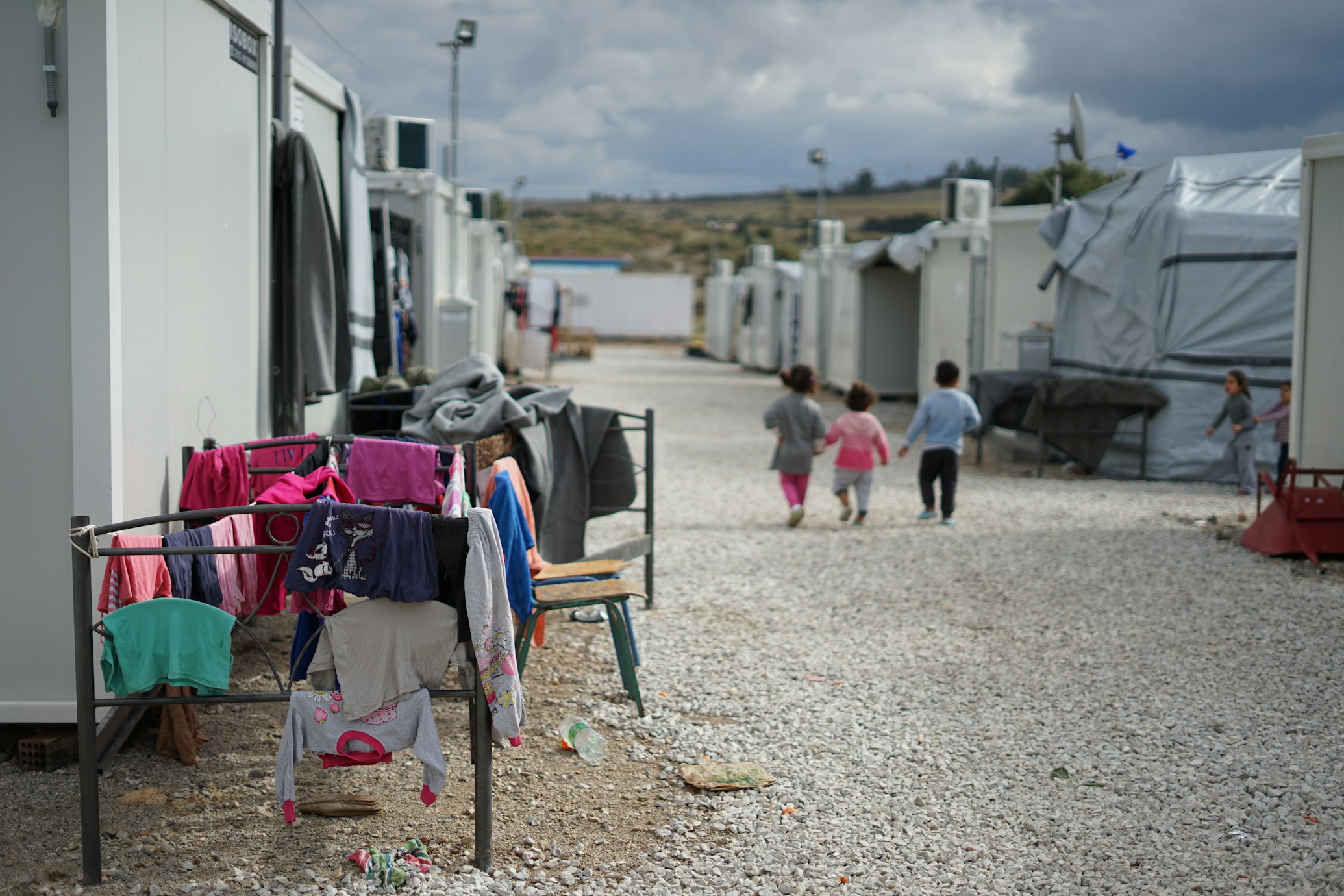A Study of Pressure and Time: Polemic Surrounding the Grand Ethiopian Renaissance Dam Nears an Uneasy Resolution

When Morgan Freeman’s character in the iconic 1994 movie The Shawshank Redemption pondered about the study of pressure and time, he likened the gradual but mighty power of geology to the resilient and hard-wearing character of the movie’s co-protagonist, Andy Dufresne. This was not without a reason. Pressure and time are powerful forces in both the natural and the social world, with water and wind carving deep canyons in the former and threat and (in)security shaping the character of social beings in the latter. It is therefore unsurprising that when the study of pressure and time in both worlds combine, the consequences of their synthesis are momentous.
Known to some as the Millennium Dam and to others as the Hidase Dam, the infrastructural project formally titled the Grand Ethiopian Renaissance Dam (GERD) has epitomised what pressure and time can yield in international relations. This hydroelectric dam has been under construction in Ethiopia’s Benishangul-Gumuz region since 2011, and it is set to become Africa’s largest hydroelectric dam in terms of electricity produced. While its completion is only expected in 2023, the initial filling of the dam’s reservoir will coincide with the beginning of Ethiopia’s wet season next month. Seemingly, there is much speaking in favour of this venture. With 93% of Ethiopian electricity generated by hydroelectric dams, the GERD will underline and secure the country’s future as a leader in green energy production on the African continent. Likewise, the construction of the GERD is set to prevent seasonal flooding of downstream regions in Ethiopia and neighbouring Sudan. Yet, the GERD’s construction raises some important societal questions. Domestically, the dam’s construction necessitated the resettlement of over 5,000 people, with the livelihoods of some additional 15,000 affected by the venture. Meanwhile on the international stage, the dam has been inspiring debates related to water security, with Egypt standing as the most vociferous opponent of its construction.
To claim that the GERD has been straining Egyptian-Ethiopian relations would be an understatement. In fact, the decade-long diplomatic standoff even included implicit threats of military action should diplomatic avenues concerning the dam be exhausted. Egypt’s opposition is not unjustified. By virtue of its location, the GERD will impact the flow of the Blue Nile, a tributary to the Nile from which Egypt sources much of its freshwater. There are other concerns, too. Apart from already facing a freshwater deficit, Egypt’s agricultural industry is at risk of becoming unable to sustain the country’s 98 million inhabitants. Periodic flooding of the Nile river basin fertilises and rejuvenates the soil therein. Ancient Egyptian civilisation flourished precisely due to the predictability and agricultural utility of this ‘River of Life’, and not much has changed in this regard over the five millennia of settlement along the waterway.
The construction of a dam whose discharge will be out of Egypt’s control risks disturbing these cycles, threatening the country’s water and food security in the foreseeable future. This concern is especially relevant for the Nile Delta, a green triangle supporting the livelihoods of some 40 million people and serving as Egypt’s metaphorical breadbasket. The weaponization of these ecological concerns could also continue to fuel tensions between these two African powers. Last but not least, one ought to consider that colonial-era treaties grant Egypt and Sudan nearly total governance autonomy over the river Nile at Ethiopia’s expense. This is despite the fact that nearly four fifths of the river’s total water volume come from the Blue Nile whose source is located in the country.
From this, one can deduce that the GERD is a source of pressure and time in two important respects. First, the infrastructural project both harnesses and represents how pressure and time can exert enormous influence over the natural environment in the long term. Second, its politicisation may very well be a justifiable Ethiopian response to decades of being denied governance autonomy over the river Nile. Yet bellicose rhetoric notwithstanding, recent developments seem to be diffusing diplomatic tensions which this synthesis of pressure and time produced. For much of the dam’s construction, the United States served as a mediator between Egypt and Ethiopia. When in February 2020 these efforts collapsed, Sudan took over this mediating role as the two countries’ shared neighbour and a stakeholder in the water security-related dimension of the issue. Furthermore, under the leadership of South Africa, the African Union has likewise intensified its mediation efforts. Last but not least, after a range of appeals, the United Nations Security Council also began to address the situation today.
It appears that these multilateral efforts have broken the stalemate between Egypt and Ethiopia, at least in the short term. After last week’s African Union online summit, it was decided that the two countries would come to resolve their differences in a deal to be finalised in two weeks’ time. Ethiopia agreed not to begin filling the dam until these differences are resolved, an important concession given the impending start of the wet season. Currently, the final agreement hinges on specificities of water flow management through the GERD in case of prolonged drought, as well as the rate of its filling. These talks seem to continue relatively undisturbed, despite a group of Egyptian hackers known as the Cyber Horus Group having compromised several Ethiopian government websites related to the dam last week.
Above all, the construction of the Grand Ethiopian Renaissance Dam has been a study of pressure and time with regards to water diplomacy, water security, confrontation and engagement. The intricate web of ecological and political consequences of this infrastructural project highlights the growing salience of water resource management as both a tool of sustainable development and a means of coercion. No matter which form they take, pressure and time in the social world ultimately shape the character and relations of the actors inhabiting it. Thus, just as pressure and time in The Shawshank Redemption reinforced Andy Dufresne’s desire for freedom, so will the shadow of the GERD continue to linger over the future relationship between Egypt and Ethiopia, even if a deal is reached in two weeks’ time. Because at the end of the day, while geological processes may take a near-eternity of pressure to materialise, we should not forget that they often produce structures of equal longevity.
Recommended Further Readings:
An interactive Al Jazeera publication outlining the ecological nuances of the river Nile and the polemic of hydroelectric dam construction thereon: https://interactive.aljazeera.com/aje/2020/saving-the-nile/index.html
A slightly outdated, but relevant overview of the GERD’s controversy-laden construction: https://worldview.stratfor.com/article/egypts-losing-battle-grand-ethiopian-renaissance-dam
A technical and socio-political overview of the GERD: https://www.internationalrivers.org/campaigns/grand-ethiopian-renaissance-dam
Featured Image:
Jacques Descloitres, MODIS Rapid Response Team, NASA/sh (https://commons.wikimedia.org/wiki/File:Nile_River_and_delta_from_orbit.jpg), „Nile River and delta from orbit“, als gemeinfrei gekennzeichnet, Details auf Wikimedia Commons: https://commons.wikimedia.org/wiki/Template:PD-US



